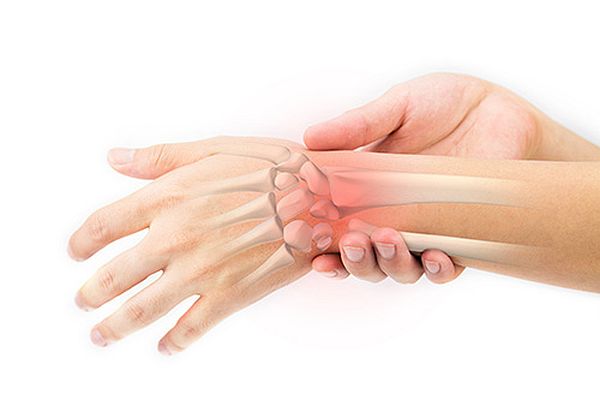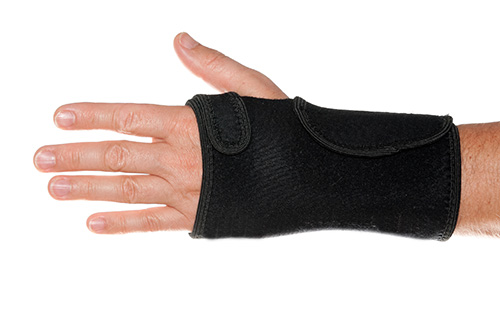| What Is a Sprained Wrist?1 August 2017 | Eugene Many of us take our wrists for granted, but the truth is we wouldn't be able to do much without them. The constant bending and twisting motions our wrists carry out each day are a large part of the way we manipulate objects and go about our lives. Likewise, most of us have heard about sprained wrists, and many of us have experienced the condition. But what exactly is a sprained wrist, and what happens to a wrist that is sprained? At WristSupports.co.uk, we're committed to educating our customers, so let's take a deeper look at what a sprained wrist really is. What Is a Sprained Wrist?A sprain is one of the most common wrist injuries resulting from sports and our daily lives, but it is also one of the most highly misdiagnosed ones. Bruises, breaks and sprains can all share common symptoms, but their impacts on our wrists are very different. Simply put, a sprain is an injury to a ligament. Ligaments are the strong bands of connective tissue that connect one bone to another, allowing us to carry out fine controlled movements with our hands and wrists. There are many ligaments that can become strained or torn, resulting in a range of severity of pain and localised restrictions of movement. From mild to severe, wrist sprains are graded depending on the degree of injury to the ligaments. The three categories of sprain are as follows:
Causes of a Sprained WristOur wrists are one of the most common areas of the body to injure, as they're involved in nearly everything we do. The natural instinct to put our hands out to break a fall may save certain parts of our body, but can put our wrists at risk. Wrist injuries are extremely common among athletes, as well as those just going about their business, and are largely unavoidable at some point in our lives. Common causes include:
Wrist Sprain SymptomsSymptoms of a wrist sprain can vary greatly in both intensity and location, making them tricky to diagnose. The most common symptoms of a wrist sprain include:
How to Tell a Break From a Sprain?One of the most common misdiagnoses of a wrist sprain is as a wrist fracture, and vice versa. This is because the two share a large number of symptoms in common, but require different treatments. In most cases, proper diagnosis will require an x-ray by your physician, but it's helpful to know the signs of each for proper first aid after injury. We've put together a few of the most reliable ways to tell before you reach the doctor's office:
How to Treat Your Sprained Wrist?With the exception of Grade 3 sprains, most sprained wrists can be treated with the traditional PRICE method of treatment. That stands for protection, rest, ice, compression and elevation. After wrist injury you should apply an ice pack to the area as soon as possible, which will reduce both the pain and inflammation in the area, allowing the healing process to begin. Repeat every 2 hours as needed. Afterwards, use of a compression bandage for 10 minutes at a time is a great way to reduce swelling before you get your wrist brace to protect and immobilise the area. For injuries that require extensive immobilisation, it's best to wear a splint for 1 - 2 weeks, allowing the ligament to rest and heal. After using your wrist splint to immobilise the area, gentle wrist strengthening exercises are recommended to get your wrist back to full health.
Which Wrist Support Should I Choose?For sprains to the wrist that require rest and immobilisation, the proper wrist support is key. A good wrist support will restrict movement in your wrist, forcing it to rest up and allow the ligaments to heal. Here at WristSupports.co.uk, we're serious about wrist health, and we stock the braces, supports and braces to prove it. It's worth noting that while we have wrist supports for every type of sprain, you won't know for sure how severe your injury is before consulting a physician. Ask your doctor which wrist support is right for your sprain. To take a look at the list of supports we've selected as the best for wrist sprains, view our full range of Wrist Supports for Sprained Wrists. Do you have a question to ask or something to add? Why not leave us a comment below or find us on Facebook or Twitter. |
FREE UK DELIVERYon orders of £40 and over. EXPERT CUSTOMER SUPPORTRead our reviews. EASY PRODUCT RETURNSwith our 30 day returns policy. |


